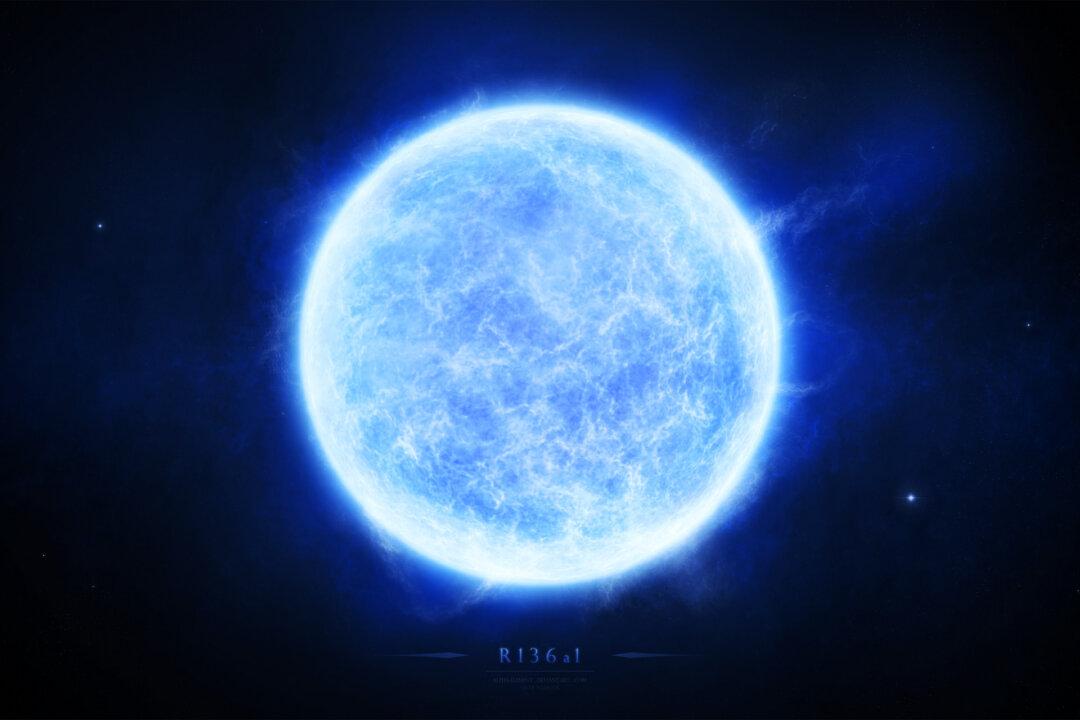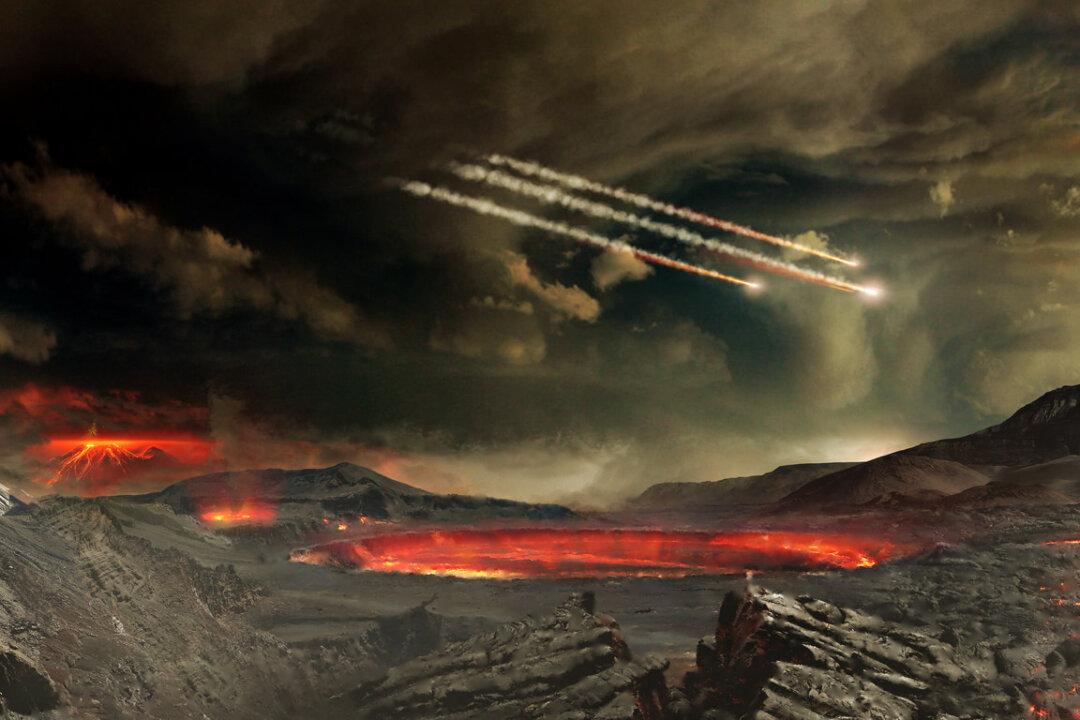Look up at the night sky and it is filled with stars. But only a microscopic fraction are visible to the naked eye. In fact, there are estimated to be 100 billion stars in 10,000 billion galaxies in the visible universe. This means that there are roughly 1024 stars out there.
These spectacular powerhouses come in an array of different colors and sizes—and many make our own sun look like a mere pipsqueak. But which is the true giant of the heavens?
Well, we have to start by defining what we mean by giant. Is it the one with the largest radius, for example, or the greatest mass?

Scientists calculate there are 10 to the 24th power stars out there. Mike Durkin, CC BY-SA 2.0

